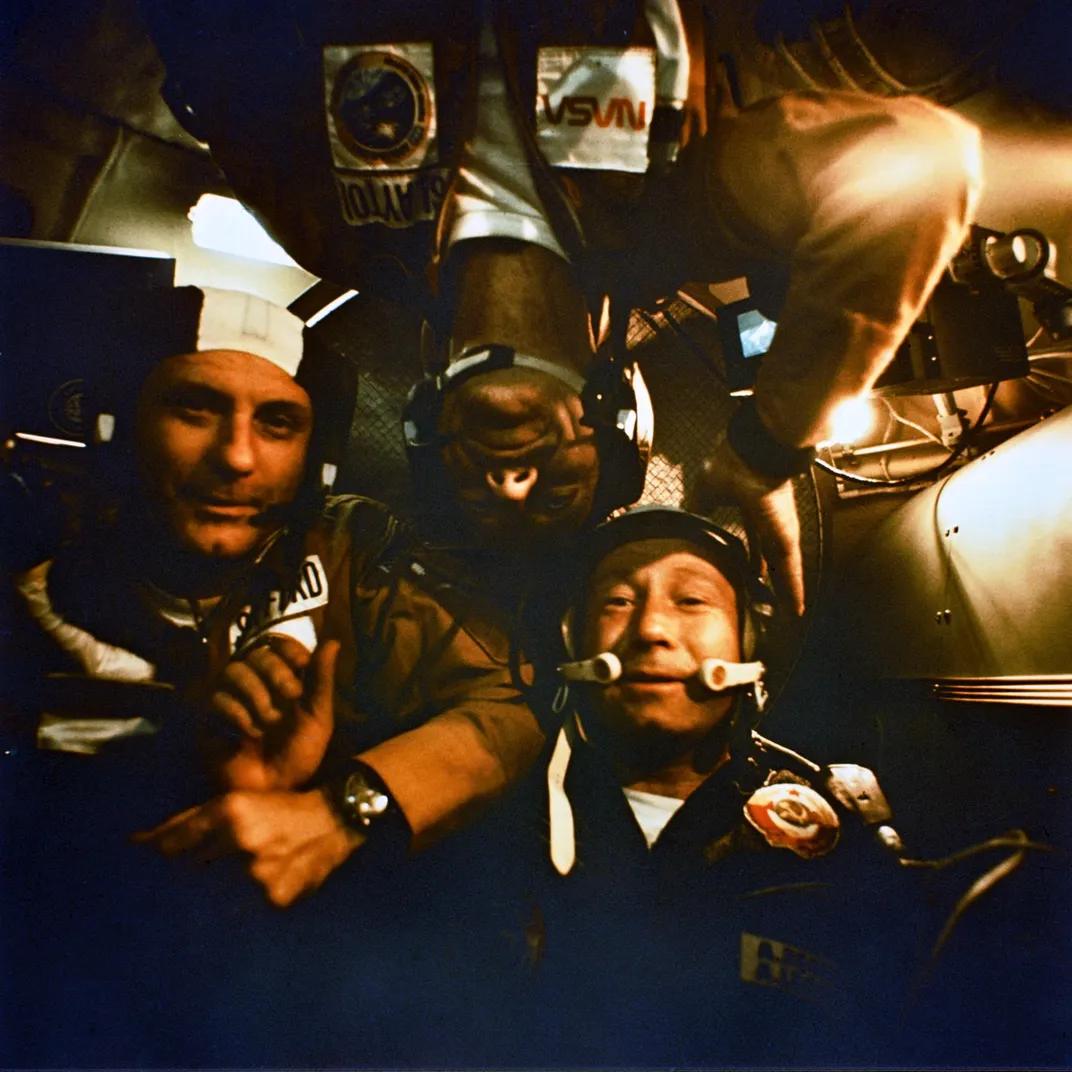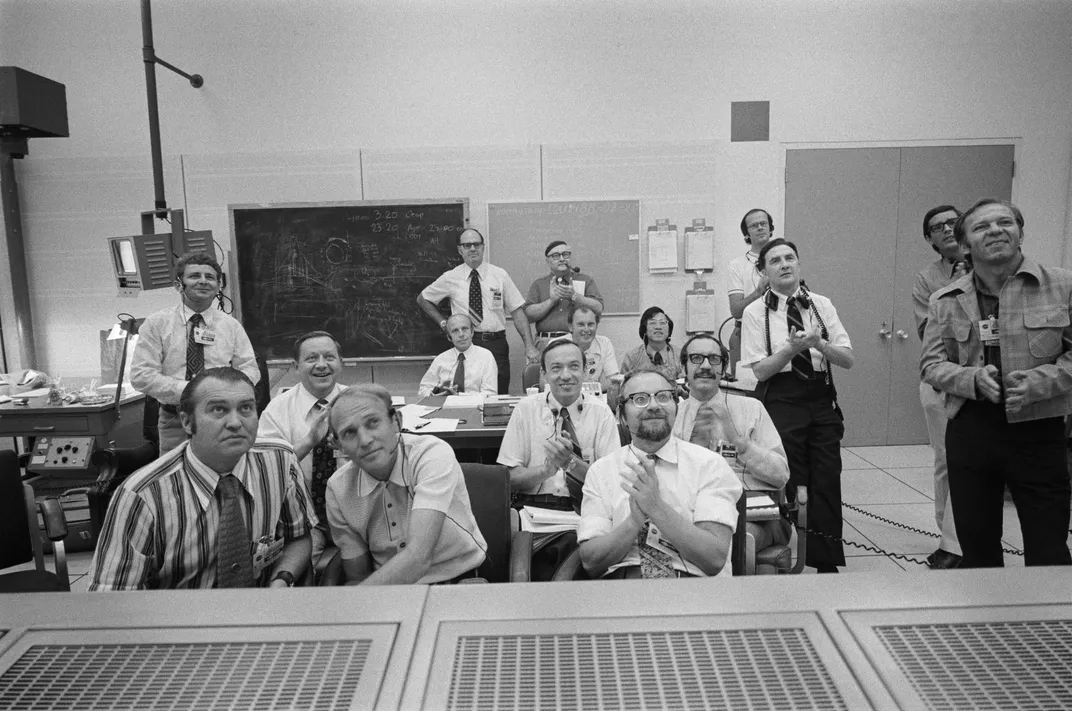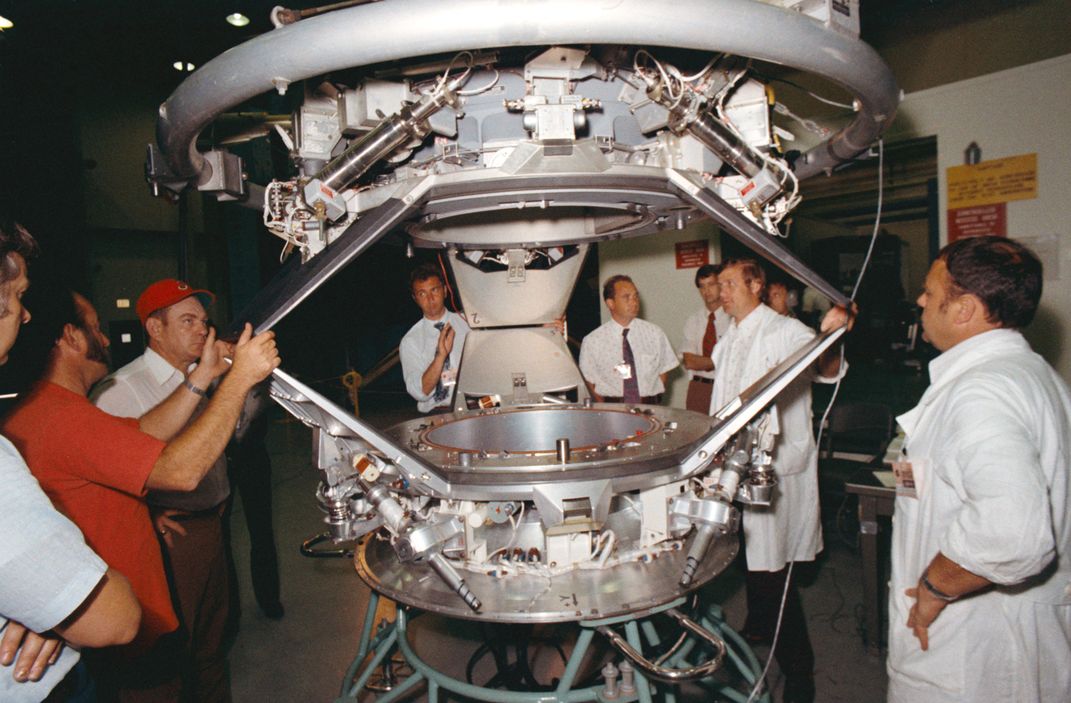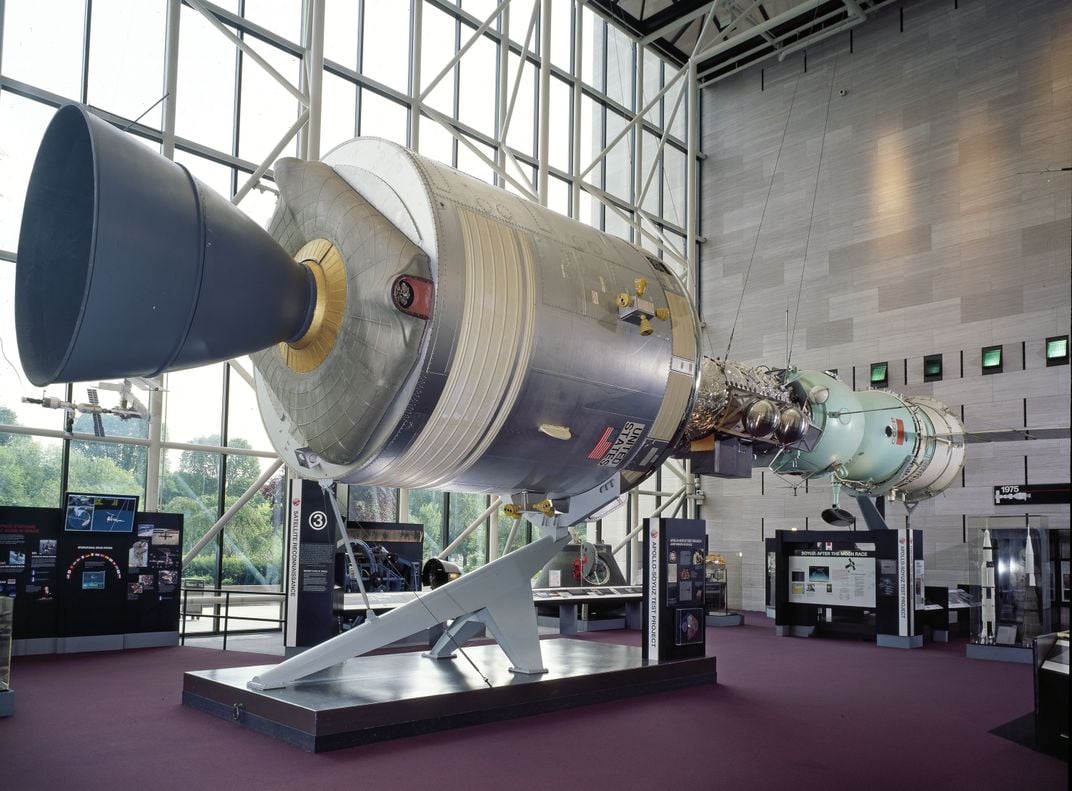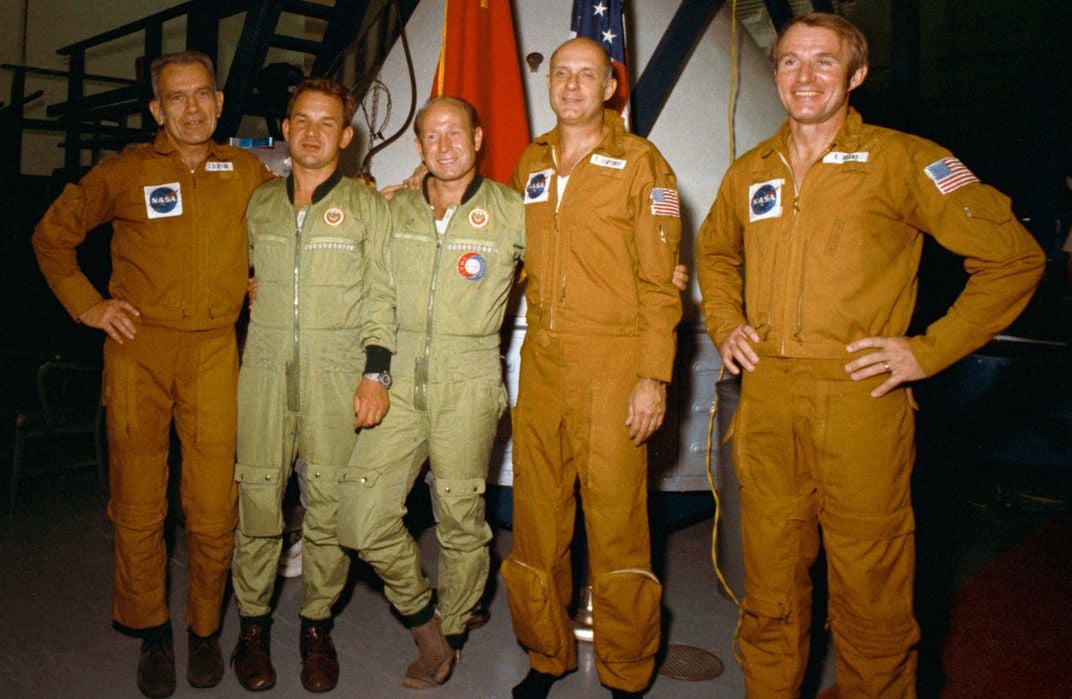With the Apollo-Soyuz Handshake in Space, the Cold War Thawed a Little
Russia’s Ambassador to the United States recalls an iconic example of space détente, 45 years ago this week.
:focal(1376x1165:1377x1166)/https://tf-cmsv2-smithsonianmag-media.s3.amazonaws.com/filer/4d/a6/4da6986d-a7c9-4490-a49f-4eaf8cea875f/ast-005-298.jpg)
The history of Russia-U.S. interaction in space has quite a few bright pages. And top honors go to the Apollo–Soyuz experimental flight that took place 45 years ago, from July 15 to 21, 1975.
This mission was the first step in cooperation between Moscow and Washington to explore the boundless reaches of outer space. More importantly, it helped establish an atmosphere of true partnership between the two space superpowers, which persists today.
Back then, the joint initiative epitomized the détente in relations between the U.S.S.R. and the United States that began as the 1960s turned into the 1970s. The orbital flight was designed to demonstrate that despite all political and ideological differences, the two nations could work together. It’s no exaggeration to say that the whole world—which had been on the brink of nuclear war during the 1962 Cuban missile crisis—looked forward to such a signal.
After the initiative was approved at the highest levels of government, the two sides got down to business. An important task was to select crews for the in-space meet-up. Soyuz 19 flew with cosmonauts Alexei A. Leonov and Valeri N. Kubasov on board. The Apollo crew was made up of astronauts Thomas S. Stafford, Vance D. Brand and Donald K. Slayton.
Both spacecraft were successfully launched on July 15, 1975. The historic docking happened two days later, on the evening of July 17. Interesting fact: Hatches between the Soyuz and Apollo spacecraft were opened when the ships were passing over the Elbe River in Germany, which had been the site of a famous meeting between Soviet and American troops in April 1945, when the two countries were fighting together against Nazi Germany. Leonov later noted, “Our fathers met on the Elbe in 1945, and their sons met over the Elbe in 1975. That was some kind of providence.”
Photos capturing the crews’ joy during their meeting gained worldwide fame. The participants had a feeling that the docking marked a new era in the history of mankind. After the two commanders—Leonov and Stafford—symbolically exchanged a handshake, the astronauts visited Soyuz, where they were received with traditional Russian hospitality. Later, the cosmonauts paid a reciprocal visit to Apollo. Americans tried to speak Russian, while the Soviet representatives practiced their English. The joint flight lasted almost two days, then the ships undocked and successfully returned to Earth.
The Apollo–Soyuz mission showed that different political systems were not an obstacle for establishing strong, friendly ties between people. The story of Leonov and Stafford is a vivid example. The commanders continued to communicate closely for many years after their flight. They regularly exchanged phone calls and met in Russia and the United States. “My home is Tom Stafford’s home,” said the famous cosmonaut. In turn, one of Stafford’s grandsons was named Alexei.
Unfortunately, as time goes by, fewer heroes of that flight are still with us. Deke Slayton passed away in 1993, Valeri Kubasov in 2014, and Leonov just last October.
But their achievement remains in the memory of humankind. It paved the way for cooperation on today’s International Space Station, and Russian and U.S. leaders have reaffirmed many times their commitment to continued collaboration in this sphere, emphasizing its mutually beneficial nature.
Whatever the situation on our planet, cosmonauts and astronauts continue to work together in a spirit of true partnership. Hundreds of miles away from the rest of humanity, their mutual assistance and readiness to help one another are of real, as well as symbolic, importance.
Without any doubt, the legacy of the Apollo–Soyuz mission is still relevant. Its most important lesson is that unpoliticized dialogue between our countries opens broad opportunities for productive joint work.
Anatoly Antonov is the Ambassador of the Russian Federation to the United States.
